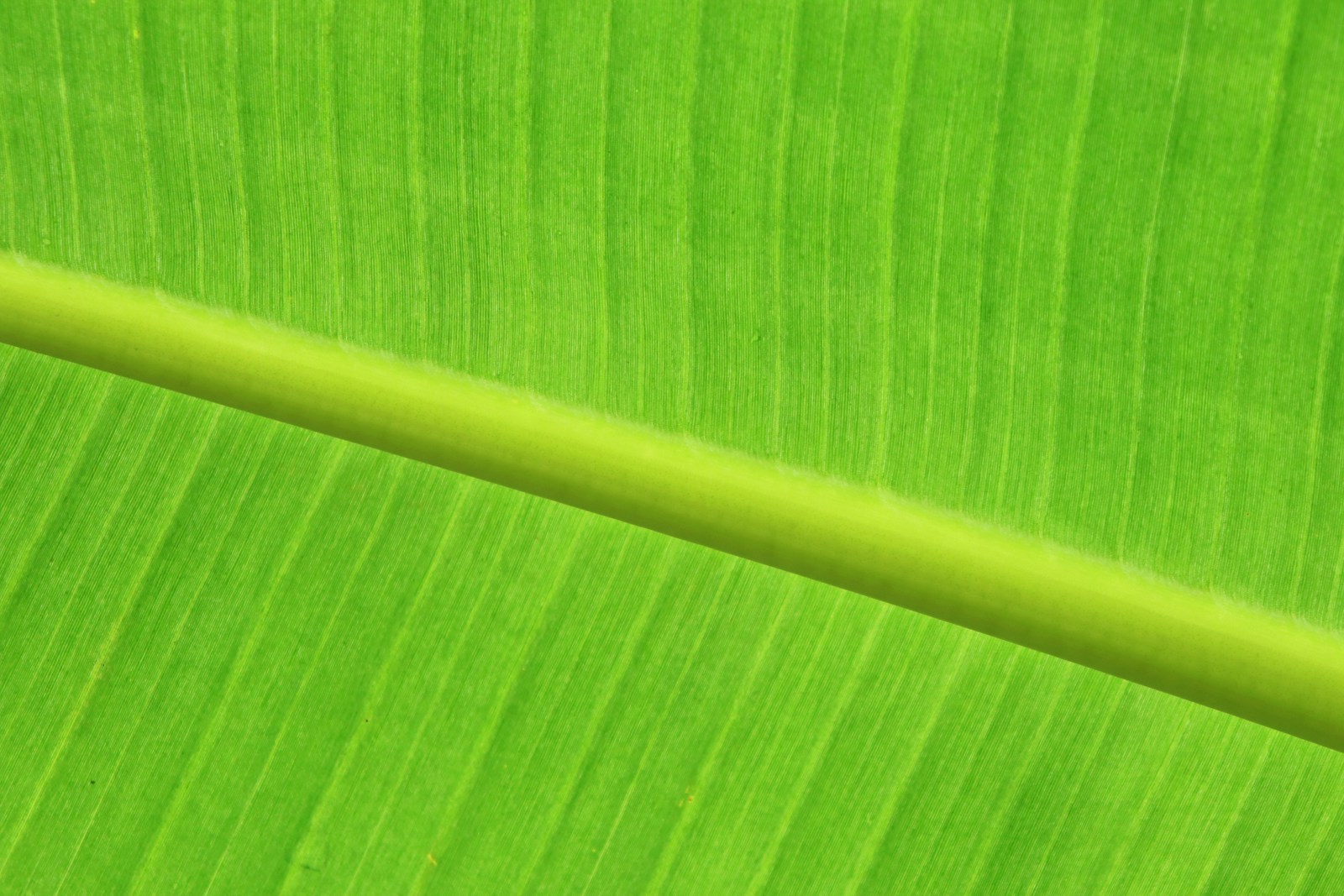
grün

green
The word 'grün' is used in German to describe the color green. It is used in the same way as the English word 'green' and can be used to describe anything that is of that color. For example, one might say 'Das Gras ist grün' which translates to 'The grass is green' in English.
Example sentences using: grün
Das Gras ist grün.

The grass is green.
This is a straightforward sentence associating a color with a noun. In German, adjectives such as 'grün' agree with the noun they modify in gender, number, and case. Here, 'grün' is used in its basic form because 'Gras'(grass) is a neuter noun in the nominative case.
Deine Augen sind sehr grün.

Your eyes are very green.
In this sentence, we use the word 'grün' to describe the color of someone's eyes. Again, the adjective agrees with the noun it is modifying. Notice the use of 'sehr', which means 'very', to emphasize the intensity of the green color.
Ich mag grün Tee.

I like green tea.
Even in cases where English uses the adjective after the noun (as in 'green tea'), in German, the adjective 'grün' comes before the noun 'Tee'. Also, the phrase expresses the speaker's preference for green tea, with 'mag' being the verb 'to like'.